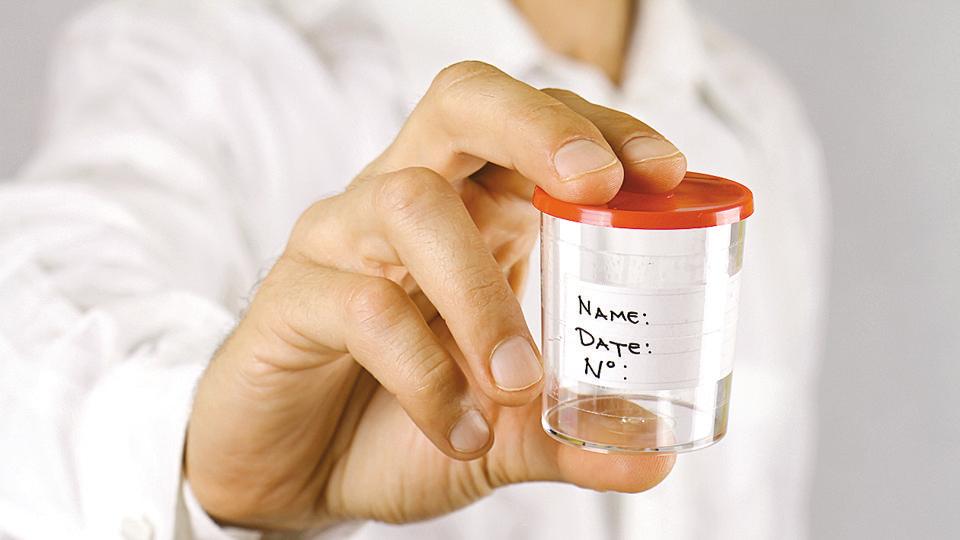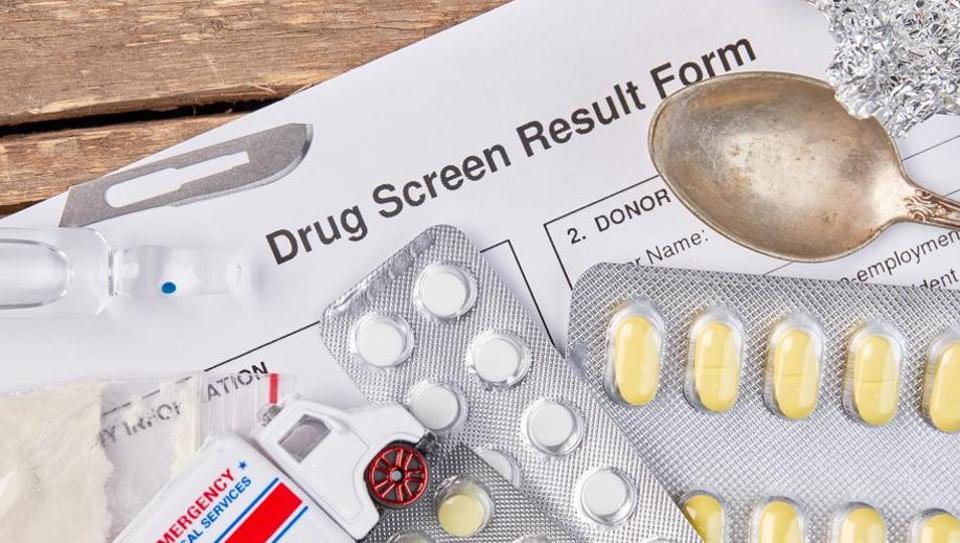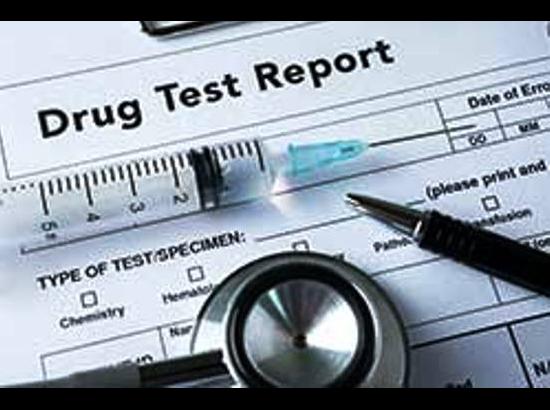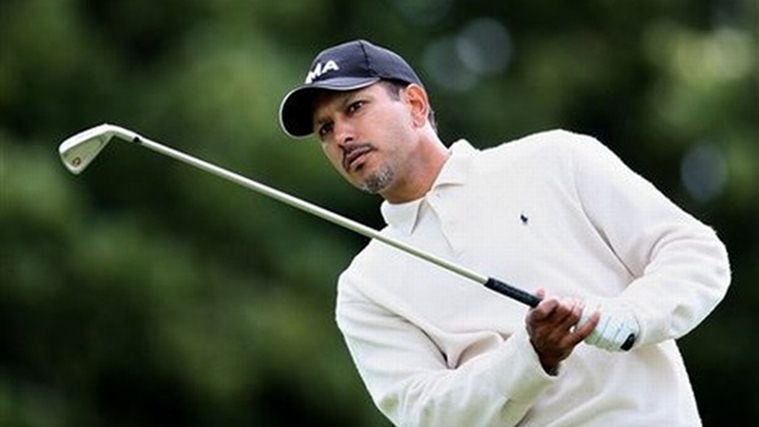After Team India’s young player Prithvi Shaw failed the dope test, the Sports Ministry has taken a tough stand on the BCCI and subjected it to comply with NADA. Now the Board of Cricket Control for Cricket in India (BCCI) will also come under the purview of NADA (National Anti Doping Agency). Earlier, the Indian Cricket Board was not under NADA.
The doping spree is spread not only in India but across the world and in its clutches, even the legendary players have been caught. Prior to the Rio Olympics, the International Sports Tribunal rejected Russia’s appeal for doping, which prevented Russia’s track and field teams from participating in the Rio Olympics. Even 45 players including 23 medal winners of Beijing Olympics 2008 were found positive in dope test.
The Beijing and London Olympics samples were re-examined and a total of 98 players failed. To get famous by performing and winning the medal, some of the players consume banned substances that cut short their careers.
When did the first case of doping come in existence?
 The 1968 Olympic Games saw dope tests for the first time, but the International Athletics Federation was the first institution to make rules about doping in 1928 itself. In 1966, the International Olympic Council formed a Medical Council on doping. Whose job was to do a dope test.
The 1968 Olympic Games saw dope tests for the first time, but the International Athletics Federation was the first institution to make rules about doping in 1928 itself. In 1966, the International Olympic Council formed a Medical Council on doping. Whose job was to do a dope test.
First doping case in India
Doping first came in existence in 1968 in India. Trials for the 1968 Mexico Olympics were going on at the Railway Stadium in Delhi. During the trial, Kripal Singh left the track and ran up the stairs while running in the 10,000 meter race, foam started coming out of his mouth and he fainted. Investigation revealed that Kripal Singh had consumed the banned substance. After this, many cases of doping started appearing in India.
Type of drugs
 The drugs that fall into doping are divided into five different categories. Steroids, peptide hormones, narcotics, diuretics, and blood doping.
The drugs that fall into doping are divided into five different categories. Steroids, peptide hormones, narcotics, diuretics, and blood doping.
Steroids- It is already present in our body, such as testosterone. Male players take injections of steroids to increase muscle mass in their body.
Peptide hormone- This hormones are also present in the body. The hormone called insulin is a life-saving hormone for patients with diabetes, but if insulin is given to a healthy person, it reduces fat and produces muscle from the body.
Blood Doping– In this, players offer themselves to the blood of younger people. This is called blood doping. Red blood cells are more in the blood of young people, who pull tremendous oxygen and give tremendous strength.
Narcotics- Also called morphine- is the most commonly used drug in doping. Often players try to use these medicines when they feel pain during the game.
Diuretics– This drug expel water from the body. It is used by players to lose their weight in sports such as wrestling or boxing to enter the underweight category.
How Dope tests are performed
 Know WADA was founded on November 10, 1999, in the city of Lüssen, Switzerland, to stop the growing trend of drugs in international sports. After this, NADA was established in every country. The players found guilty are subjected to punishment for 2 years to life ban.
Know WADA was founded on November 10, 1999, in the city of Lüssen, Switzerland, to stop the growing trend of drugs in international sports. After this, NADA was established in every country. The players found guilty are subjected to punishment for 2 years to life ban.
Dope test is done to catch the use of strength enhancing drugs. A dope test can be taken by any player at any time. This can be done by Nada or Wada or both. For this, samples of urine of the players are taken.
The first stage is called A and the second stage is called B. Player who is found A positive is banned. If the player wishes, he can appeal to the anti-doping panel for a B-test sample. If the player is positive in the B-Test sample, then he will be banned. Nada’s labs are in Delhi and Wada’s labs are at different locations in the world.


